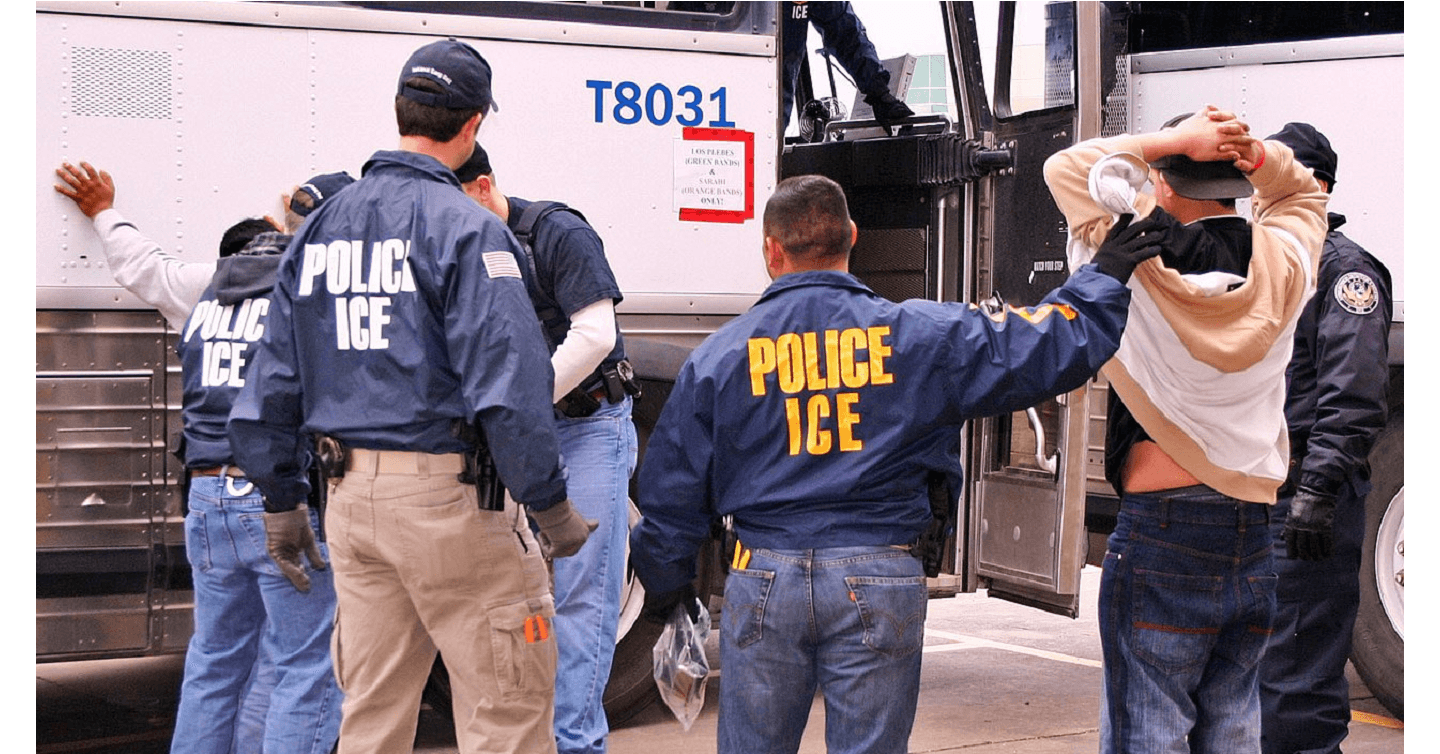
Opinion / US News
Ninth Circuit’s Ruling Cripples ICE, Shields Illegal Immigration
Let’s be clear: there’s no evidence ICE agents were rounding up people solely based on ethnicity or language. The court’s assertion ignores the reality of law enforcement, where profiling is a vital tool—not a dirty word.

Tommy Flynn
August 2, 2025 - The Ninth Circuit Court of Appeals’ decision on August 1, 2025, to uphold restrictions on Immigration and Customs Enforcement (ICE) operations in Los Angeles is a blatant obstruction of the Trump administration’s lawful efforts to enforce immigration policy and deport illegal aliens. This partisan ruling, handed down by a unanimous three-judge panel, ties the hands of federal agents, prioritizing sanctuary city agendas over national security and public safety.
The court’s injunction, first issued by U.S. District Judge Maame Ewusi-Mensah Frimpong, bans ICE from targeting individuals based on ethnicity, accent, language, or location—such as Home Depot parking lots or car washes—claiming these constitute racial profiling. Los Angeles Mayor Karen Bass hailed the decision as a “victory for the rule of law,” but it’s nothing less than a victory for lawlessness, shielding those who violate our borders from accountability.
Let’s be clear: there’s no evidence ICE agents were rounding up people solely based on ethnicity or language. The court’s assertion ignores the reality of law enforcement, where profiling is a vital tool—not a dirty word. Profiling, when done legally, involves building a comprehensive picture using multiple factors, not cherry-picking race or location in isolation. For example, when ICE targets a Home Depot known as a hub where illegal aliens gather daily to seek day-labor jobs, they’re not stopping people because they’re Hispanic or at a hardware store. They’re acting on a specific profile: groups of individuals, often Hispanic due to regional demographics, dressed in work clothes, loitering in a known hiring spot during peak hours for undocumented labor. This is a far cry from pulling over every Hispanic driver on the freeway or interrogating shoppers inside Home Depot aisles—those would be illegal profiling based solely on race or location.
Consider another scenario: ICE receives a tip about a construction site in Riverside County where undocumented workers are routinely hired. Agents observe a group of men, primarily Spanish-speaking, arriving at dawn in work boots, gathering near a foreman known to skirt immigration laws. Should ICE be barred from investigating because the group speaks Spanish or is at a job site? That’s not profiling; it’s targeted enforcement based on credible patterns of illegal activity. Contrast this with an illegal approach: stopping every Spanish-speaking pedestrian in downtown Los Angeles without evidence of wrongdoing. The former is smart policing; the latter is abuse. The Ninth Circuit’s ruling blurs this line, stripping agents of the ability to use reason and evidence to do their jobs.
The court’s demand for “specific probable cause” over “generalized suspicion” sounds noble but ignores how law enforcement operates. Probable cause often builds from patterns—like known locations where illegal activity occurs. For instance, if Border Patrol knows a specific San Bernardino car wash serves as a front for human smuggling, targeting that site isn’t about harassing car wash customers; it’s about disrupting crime. Yet the court’s restrictions would force agents to wait for a signed confession before acting, rendering enforcement impossible.
The ruling also dismisses the broader context: Los Angeles, a sanctuary city, has long obstructed federal immigration efforts. The city’s policies protect illegal aliens, even as ICE faces escalating violence—evidenced by a July 31 incident in Colorado where two illegal immigrants tried to ram ICE officers with a car, prompting gunfire. The administration’s appeal, denied by the Ninth Circuit, warned that these restrictions create “irreparable harm” by hamstringing ICE in a region rife with illegal crossings.
Adding insult to injury, one judge pressed the administration’s lawyer on an alleged 3,000-arrest daily quota, a claim based on a single comment by White House Deputy Chief of Staff Stephen Miller in a May 2025 interview. The government denied such a quota exists, but the court’s fixation on it reveals a deeper bias, seizing on unproven narratives to justify its overreach. This isn’t about fairness—it’s about undermining a president committed to securing our borders.
This decision emboldens sanctuary cities and weakens our nation’s ability to enforce its laws. It’s not just Los Angeles at stake; it’s the principle that unelected judges shouldn’t dictate immigration policy. ICE must be free to use lawful, evidence-based profiles to protect our communities, not be shackled by activist courts bending to political pressure.
